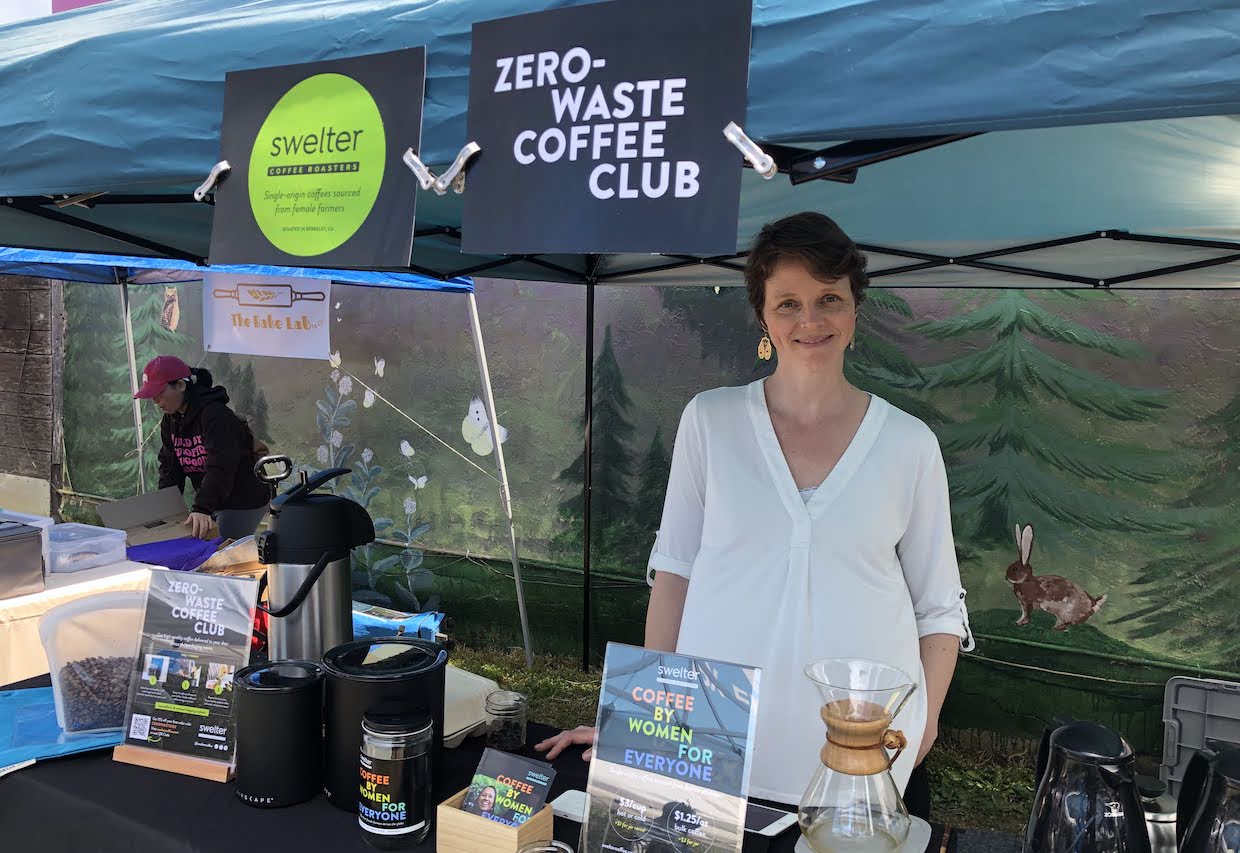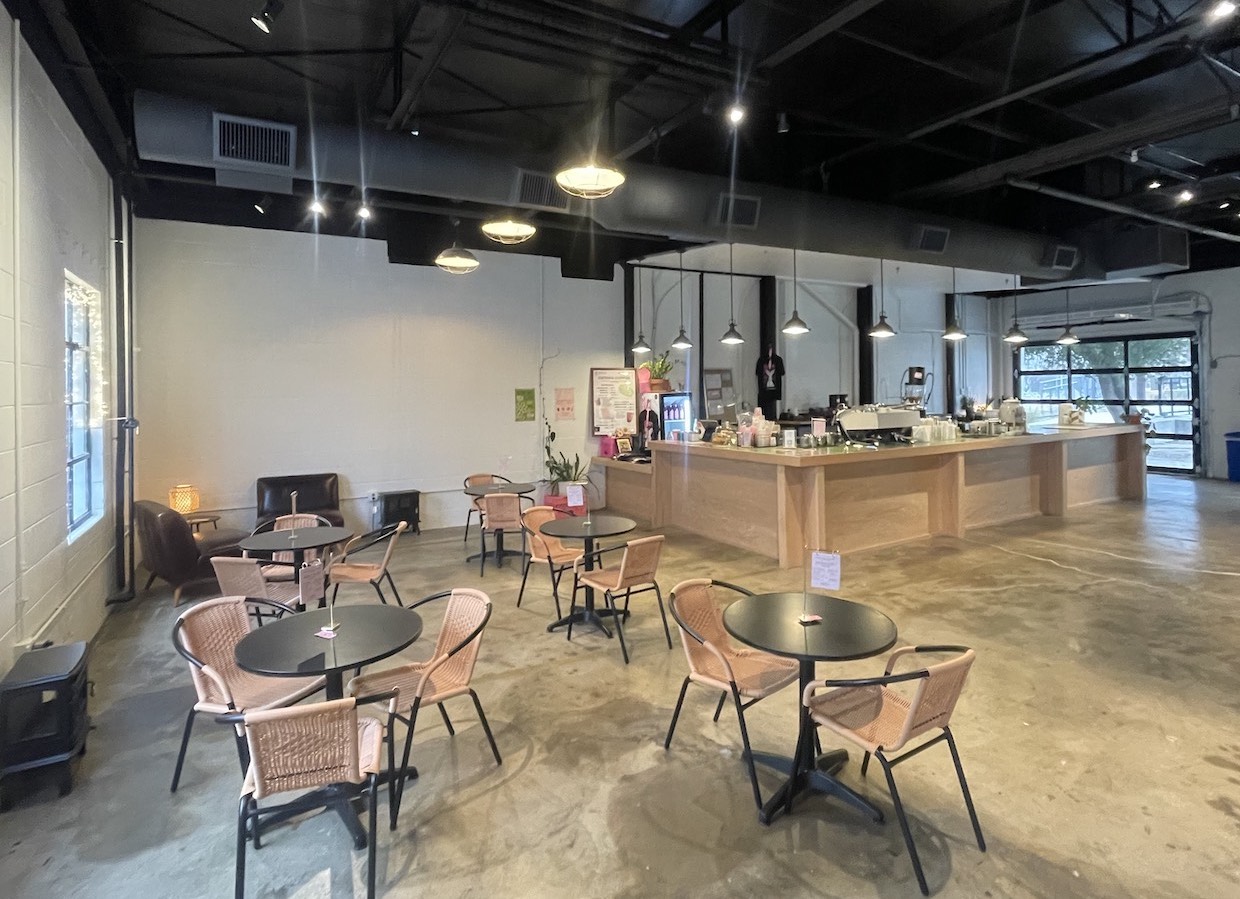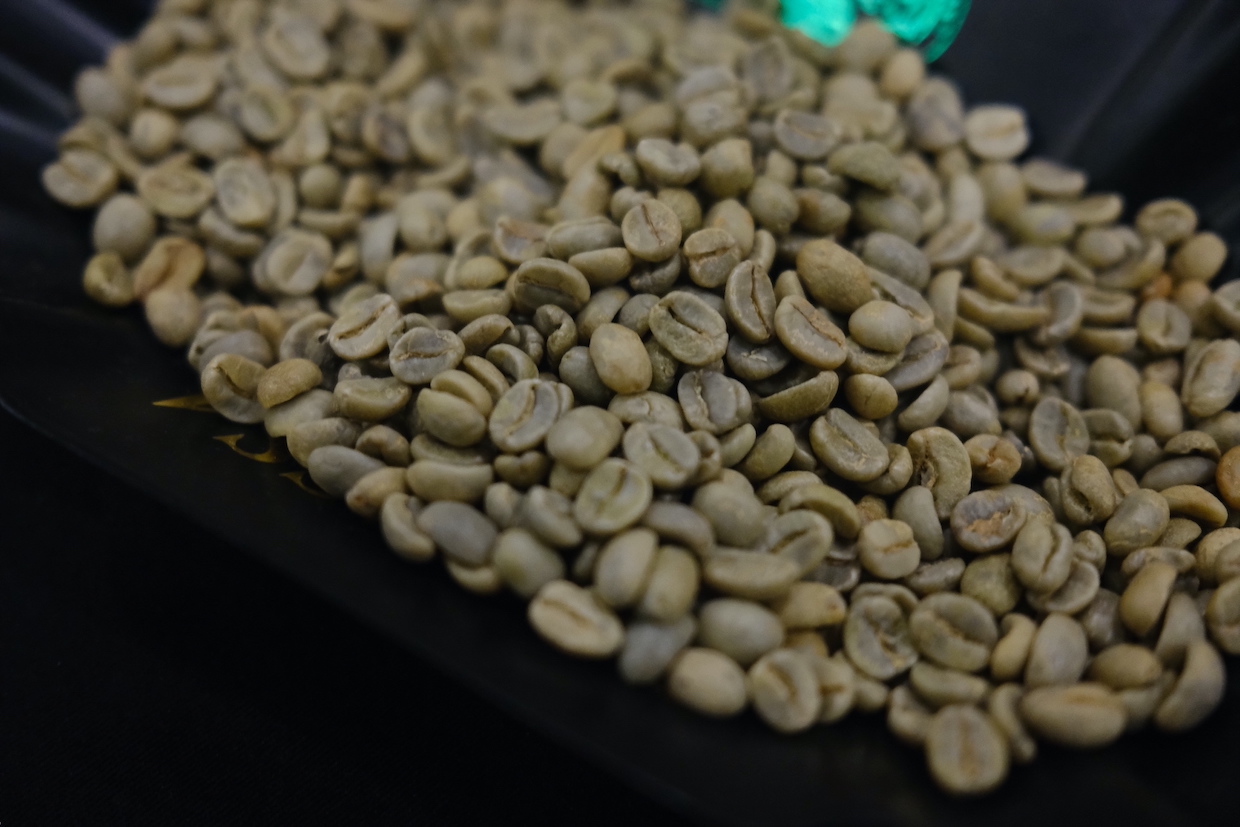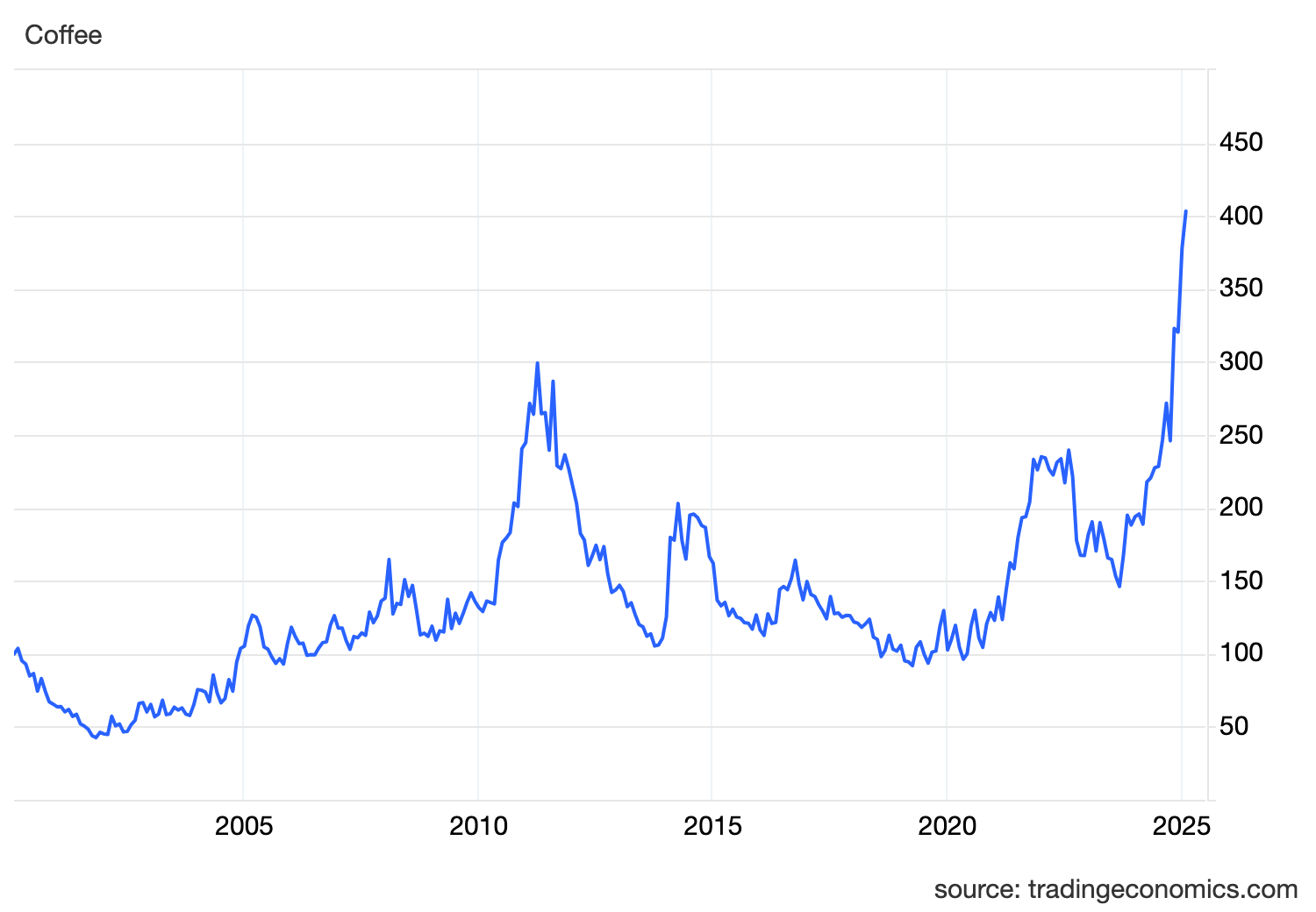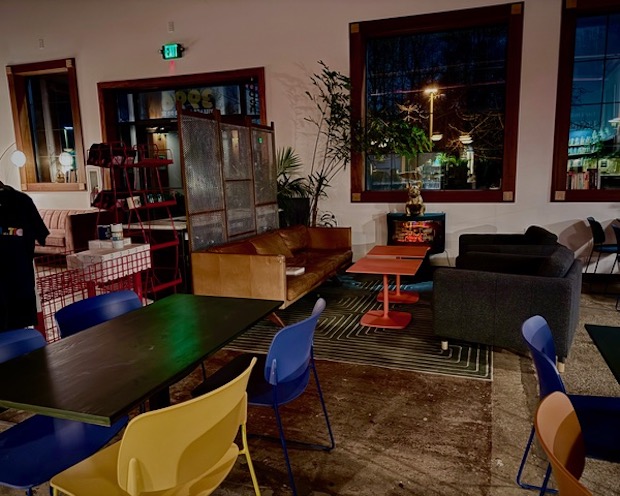Coffee roasting is a centuries-old practice dating back to the beginnings of the Ottoman Empire. As global consumption boomed throughout the 1800s and 1900s, both home and commercial roasting became more popular. This lead to the development of new equipment that allowed coffee professionals to roast larger batches at one time.
The emergence of third wave and specialty coffee in the late 1990s and early 2000s fundamentally changed roasting technology, pushing manufacturers to prioritise consistency and precision. Machines became much more advanced, leveraging automation and intuitive heat transfer methods to maintain quality and highlight a coffee’s best attributes.
It’s undeniable that roasting technology has come a long way since its inception, so what’s in store for the future?
I spoke to Roberto Pedini, Sales Coordinator and Business Development at IMF Roasters, to learn more.
You may also like our article on why roasters need to offer more than just light and medium roasts.


The evolution of coffee roasting
For as long as people have been drinking coffee, they have also needed to roast it. The practice is believed to have originated in Africa and the Middle East, where coffee was first discovered.
The first known roasting tools were thin, perforated pans used over an open flame. Only a small amount of beans, which required constant stirring, could be roasted at once.
In the 17th century, the first cylindrical roasters appeared in North Africa. They were made of metal, usually cast iron or tinned copper, and included a crank to turn the beans over an open fire. This model quickly became popular across Europe and the US as coffee consumption increased, and many people started to roast their own coffee at home. Other common methods included roasting coffee in a cast iron skillet or a metal tray in the oven.
Industrialisation brought about significant change in the coffee industry, and roasting was no exception.
“Throughout the 1800s, many roasting companies, particularly in the US and Europe, mainly Germany, used cylindrical or drum roasters,” explains Roberto Pedini, Sales Coordinator and Business Development at IMF Roasters, a professional roasting equipment manufacturer in Italy.
“These machines essentially roasted coffee over direct heat sources via conduction, much like in earlier times when rudimentary tools were placed directly over braziers or open fires,” he adds.
In 1824, it’s believed that Richard Evans patented the first-ever large-scale roaster in the UK, which featured an “examiner” to take samples throughout the roast. The machine was placed over a heat source, and until the introduction of gas supplies in urban cities, wood or coal was used – which would often impart smoky flavours.
A little over two decades later, James Carter from the US patented a “pull out” machine, which was an iron drum that could be fixed into a furnace. The entire cylinder had to be pulled from the furnace to unload batches of roasted coffee, which posed serious health and safety risks.
Roasters become more advanced
As global coffee consumption continued to grow at pace, the need for more advanced roasting equipment increased. When natural gas became more readily available, it soon became the preferred heat source, granting roasters more control over the process.
In 1864, Jabez Burns received a patent for one of the first commercial machines – an enclosed cylinder encased in brickwork – in the US. It featured an opening mechanism and a double screw inside the cylinder that evenly distributed the beans, which made the roasting process more consistent and less dangerous.
Burns’ company later added a fan-mounted cooling tray to the front of the machine, a feature included in many modern roasters. Cooling roasted coffee quickly is essential; otherwise, the beans will overdevelop, losing flavour and quality.
In 1868, Germans Alexius van Gulpen, Theodor von Gimborn, and Johann Heinrich Lensing filed a patent for the Kaffeeschnellröster (or “rapid coffee roaster”) which was critical to the development of the modern drum machine.


How convection technology transformed coffee roasting
Although coffee roasting equipment technology had already advanced considerably since its early beginnings in the 15th century, the emergence of third wave and specialty coffee sparked further change.
To cater to changing consumer demand, industry professionals developed a deeper understanding of the science behind the roasting process, learning more about the chemical, physical, and organoleptic changes that take place inside the beans when heat is applied.
Alongside this, roasters wanted to exert more control over the process to achieve the best results across a range of different roast profiles. By intentionally manipulating key parameters like temperature and time, roasters could highlight and enhance desirable and unique characteristics of their coffee.
Convection roasting technology – when heat is transferred through the air so coffee isn’t in direct contact with the machine – has become immensely popular in recent years. It allows for greater control and precision over how much heat roasters apply to the beans during different phases of roasting, thereby helping reduce uncontrolled thermal inertia.
Founded in 1994, IMF Roasters specialises in manufacturing convection-powered drum machines and full roasting plants, including green and roasted storage silos.
“It’s an honour to celebrate our 30th anniversary, considering that we started with two founding technicians manufacturing the first small artisanal roaster,” Roberto says. “For the first 15 years, IMF operated exclusively in the Italian market, catering to small and medium-sized customers.
“Thanks to the advent and resourcefulness of new entrepreneurs who joined the company over the last ten years, IMF can now claim several significant achievements, including operating in over 130 countries, expanding our product range to include large industrial roasters, and offering complete systems for roasting and packaging.”
Why drum convection machines are still the preferred choice
Despite the introduction of fluid bed roasters in the 1970s, drum machines based on 19th-century patents are still the design of choice today for most roasters.
In a fluid bed machine, hot air enters the chamber through a screen underneath the coffee. This lifts the beans into the air, meaning the machines rely solely on convection roasting.
“Convection roasting helps create a more uniform roast throughout every bean, whether for light, medium, or dark roasts,” Roberto says. “Even when roasting large batches or using shorter roasting times, convection machines can deliver more heat to the beans without scorching or burning the surface.”
Although fluid bed roasters have many advantages, most coffee professionals agree that they don’t offer the same quality as drum machines, which utilise convection, conduction, and radiation heat transfer to roast coffee.
“IMF roasters are hybrid because of their external heat generators, which combine the positive aspects of both drum and fluid bed roasters,” Roberto adds.


What’s the future for roasting technology?
Over the years, there have been significant advances in roasting technology. Automation and intuitive control systems have massively improved performance. Machines have become increasingly reliable, guaranteeing precision, efficiency, and consistency across various roast profiles – helping push coffee quality to new levels.
As sustainability has become an increasingly important priority for consumers, energy-saving and environmentally-friendly roaster features have become more prominent.
“Looking ahead, the coffee industry will start to use more renewable energy sources, which will greatly reduce roasters’ reliance on fossil fuels and minimise carbon emissions,” Roberto says.
He explains how IMF developed a heat recirculation and recovery system to recycle and clean fumes produced by its machines. Smoke exits the roaster through a steel duct and enters the combustion chamber, which removes the dust and emissions. This helps roasters comply with local regulations without connecting any additional ventilation systems to their machines and significantly reduces the emissions released into the atmosphere.
The company also installed solar panels at its factories to reduce its reliance on fossil fuels and contribute to a circular economy model.
AI will play an increasingly prevalent role
Beyond automation and energy-efficient features, AI-driven technology is set to reshape the future of coffee roasting.
While automation relies on humans to make decisions and implement workflow for machines, AI (or artificial intelligence) is programmed to use information about certain repeatable tasks to improve efficiency and achieve a desired outcome.
Concerns about AI replacing human-led roles in the coffee industry are understandable. But when used in conjunction with human-driven actions and decisions, AI can massively optimise performance and improve coffee quality and consistency.
“When integrated with increasingly sophisticated software, AI can analyse data about the chemical and physical characteristics of the coffee you roast,” Roberto explains. “Roasters can use this data as reference points to refine roast profiles in real-time, facilitating more reliable and consistent self-learning based on predefined quality standards.”
Although this level of AI isn’t currently widely in use in the coffee industry, a small but growing number of roaster manufacturers have started to invest in this technology. With machine learning, AI could understand more about different variables that impact how we roast coffee – including origin, bean density, and processing method – and create roast profiles that produce better results.


As specialty coffee has evolved, roaster manufacturers have responded by developing new innovative technologies, leveraging automation to achieve consistency and precision.
Alongside sustainability and energy-efficiency, these two key variables will continue to drive advancements in coffee roasting. With roasters seeking more control over different parameters than ever before, AI is sure to become a more prominent feature in the years to come.
Enjoyed this? Then read our article on what roasters need to know when upgrading their equipment.
Photo credits: IMF Roasters
Perfect Daily Grind
Please note: IMF Roasters is a sponsor of Perfect Daily Grind.
Want to read more articles like this? Sign up for our newsletter!



